The Sevenfold Structure of Genesis
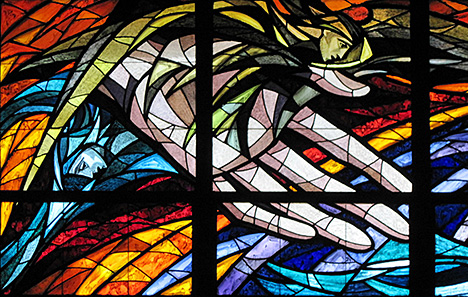

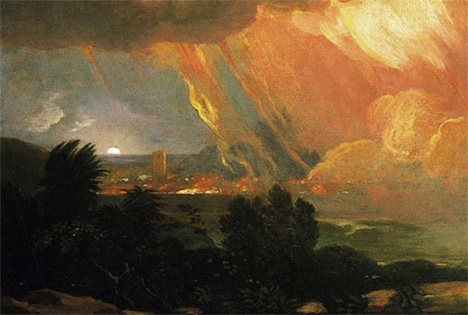
Lot offering his daughters to the men of Sodom is an affront to our moral sensibilities, yet the New Testament calls him a righteous man. Could our problem be simply that the Bible is smarter than we are?
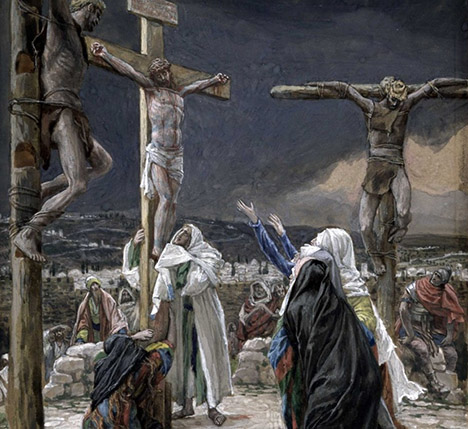
The abandonment of the Son by the Father is made palpable not in the crucifixion of His body, since He willingly laid down His life, but in the darkness which covered the Land for three hours. But perhaps this darkness was a sign of the Father’s nearness rather than His distance.

By James B. Jordan, at Theopolis Institute.
From time to time, when I’ve lectured on how to read the Bible, I’ve used art-music as one example thereof. When we listen to a simple folk song, we hear the same melody over and over again, but this is not how composers write “high” music. Let me amplify.
What does it mean to read the Bible as inspired literature?
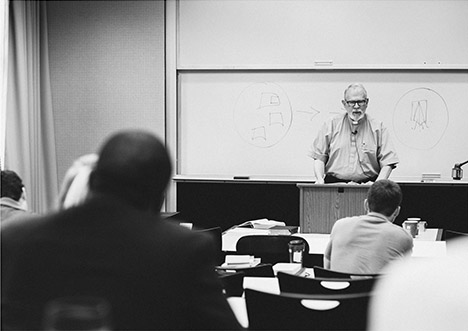 by James B. Jordan – PART 1
by James B. Jordan – PART 1
What does it mean to read the Bible as inspired literature? The method is not new nor is it uncommon in Dutch Reformed circles. Exegesis must be Christocentric, plenary (all the text serves a theological purpose), respect the context in God’s redemptive plan, and plumb the full literary depth of the writing.
Continue reading at Theopolis Institute.
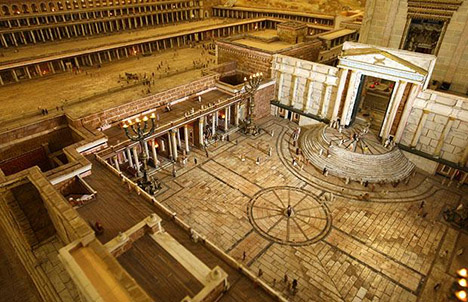
All of the arcane “personal” stipulations in the Torah find their fulfilment in the corporate worship of Israel. Just as the sacrifices were to be without blemish, so also were Israelites to be spotless if they were to stand before God. But the rules for the identification, quarantining and ceremonial cleansing of leprosy only begin with the skin of the worshiper in the wilderness. They then move to the garment, and finally to the house in the Promised Land. A failure in personal holiness would lead eventually to a corruption of corporate worship. James Jordan writes:
Continue reading

“Virtually every time in the Bible that God gives a promise or a kingdom to someone, the first thing he does is ruin the promise by sinning against God.”
A must-read essay by James B. Jordan | www.biblicalhorizons.com
Solomon began to build the Temple of the Lord in the fourth year of his reign, which was 480 years after Israel came out of Egypt, the year A.M. 2993 (1 Kings 6:1).
Seven years later, in the year A.M. 3000, the Temple building was finished (1 Kings 6:38). The many ornate pieces of furniture needed for the Temple were not yet made, however, and during the next thirteen years the palace of Solomon and his royal apartments were built, while the apparatus of the Temple worship was being created (1 Kings 7). Then, in A.M. 3013, both houses were finished (1 Kings 7:51; 9:10).
After Solomon dedicated the Temple and worship began to be conducted there, God appeared to Solomon. This was in the 24th year of his reign. God told him that if he remained faithful, the throne of David would be established over the kingdom of Israel perpetually. If Solomon sinned, however, the rule over Israel would be lost (1 Kings 9:1-9).